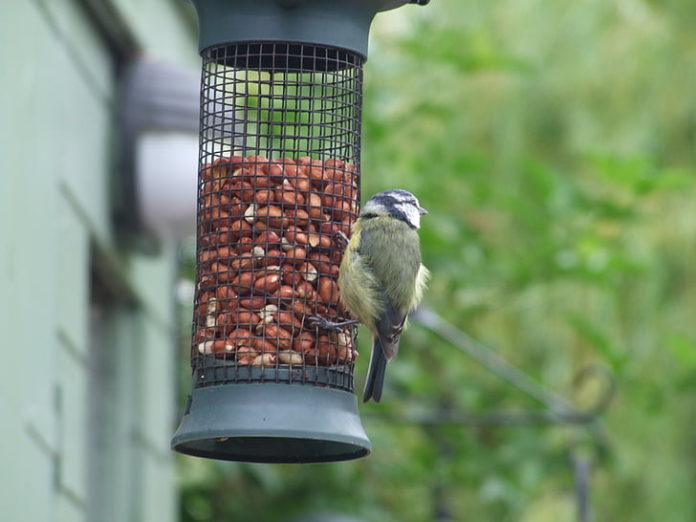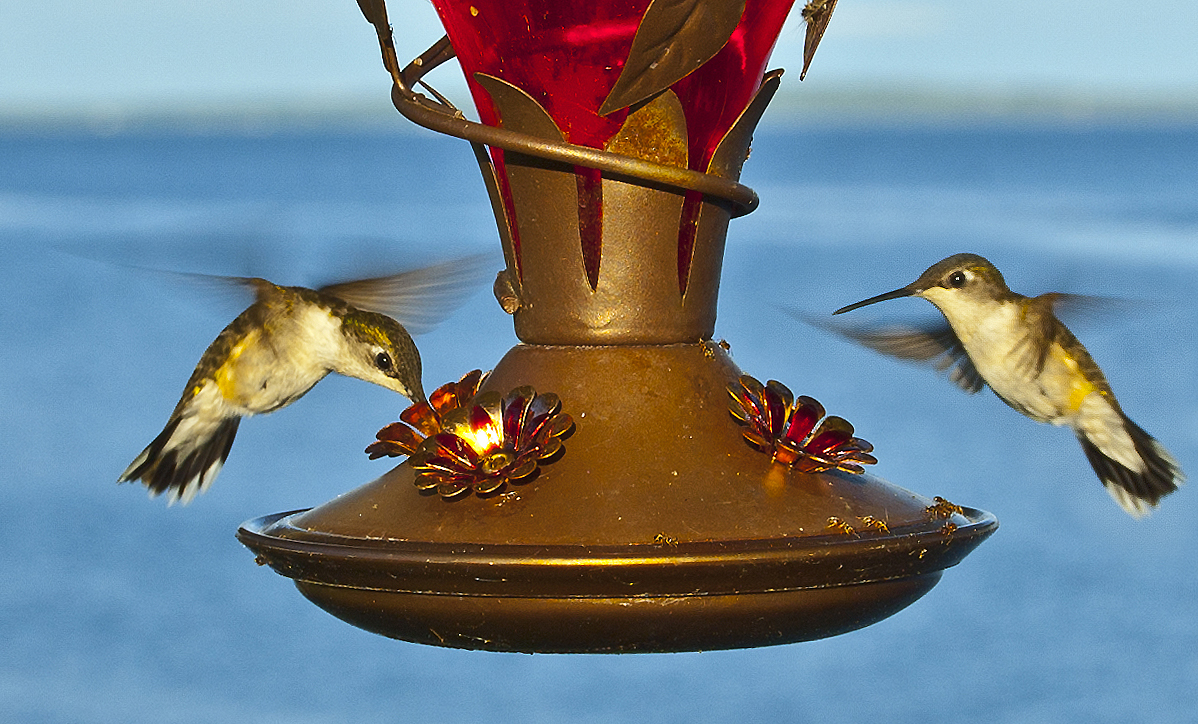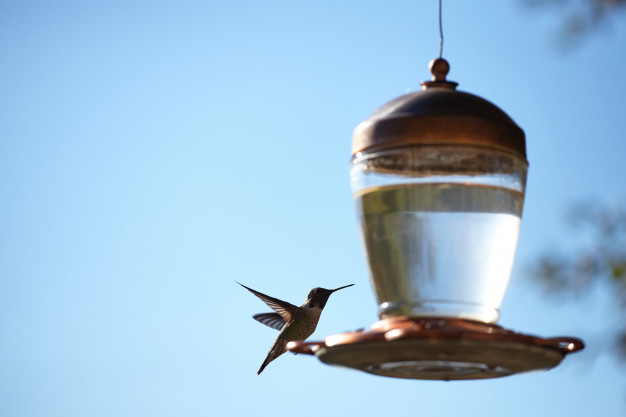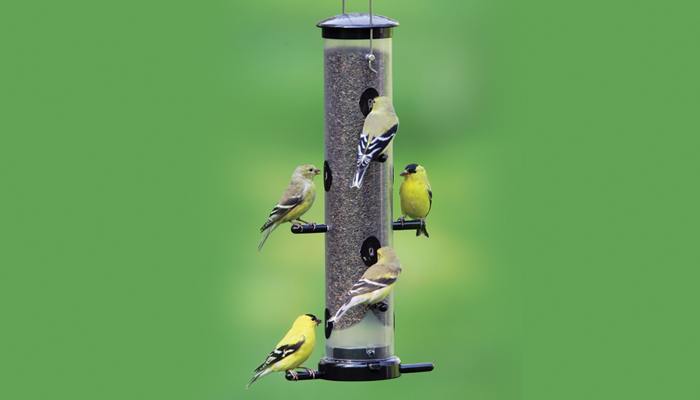Attracting hummingbirds to your backyard is all about providing them desirable alternatives to what nature readily serves up. These high-metabolism animals rely largely on the nectar of plants but don’t limit their feeding habits exclusively to flowers.
Though nectar is a fabulous source of sweet, sugary energy, it fails miserably at providing other key nutrients critical to the bird’s survival. In addition, as nectar isn’t something a hummingbird can readily pass on to their young, hummingbirds also rely on insects as a source of protein, vitamins and minerals.
Of course, when we think about hummingbird feeding, offering a selection of bugs isn’t all that appealing. The objective is to catch glimpses of these beautiful animals hovering effortlessly at a hummingbird feeding station or flower and, if we’re lucky, snap a picture or two to show to our friends. With that in mind, let’s talk a bit about the hummingbird’s finicky tastes.
Hummingbirds feed on very sweet nectar and will reject flowers that don’t offer up at least 12% sugar content. That said, their preference leans to about 25% sugar content. If you would like to attract hummingbirds to a natural garden setting, consider planting Fuchsia, Foxglove, Geraniums, Petunias and Iris.
In addition to feeding hummingbirds a natural selection of nectar, man-made solutions are also available. Hummingbird feeders come in a great variety of designs and colors. A good guide to selecting a feeding station for a hummingbird is to remember that you’re only marginally trying to appeal to the bird’s aesthetic tastes and are more focused on serving up a yummy meal.
Hummingbirds are most readily attracted to the color red so you’ll up your odds of attracting a hummingbird if your feeding station includes the color red. Glass and plastic models available at garden supply centers are equally acceptable. It is very important, though, to keep the feeders clean and well stocked. A dirty hummingbird feeder will be quickly rejected by a fickle hummingbird. If you want to attract and keep attracting hummers, make sure their feeders are kept clean.
While there are commercially available “nectars” on the market, a hummingbird will be just as happy with a nice mix of one part sugar to four parts water. Do not use food coloring and NEVER use honey as a sweetner (more on this later). Also, don’t substitute real sugar for artificial sweetner. Artificial sweetners have absolutely zero nutritional value!
Finally, give the hummingbird its space. While they are bold and can and will become accustomed to your presence (I’ve had them feed 3 feet from me) you should give them the opportunity to grow comfortable with their new food supply before you try making friends. While that covers the basics of hummingbird feeding, there are many considerations not yet discussed which you shouldn’t overlook. Please check back soon for additional information to guide you!
Special Thanks to hummingbirdfeedingguide.com for this source.





